Supercharge Your Engineering with Advanced AI
Accelerate R&D and Optimize Processes Using Ansys SimAI or Stochos
Two Breakthrough AI Solutions for Unmatched Speed & Scale
Push your engineering to new frontiers with Ansys SimAI in the cloud and Stochos on-prem machine learning, each fueling unstoppable innovation, deeper insights, and faster results.
Ansys SimAI: Cloud-Powered Intelligence to Transform Your Simulations
- Accelerated Model Training: Leverage existing simulation outputs to train AI in days, then predict results in seconds.
- Multi-Physics & Complex Geometries. Handle fluid, structural, thermal, and electromagnetic data with minimal manual prep.
- Expand Your Exploration – Evaluate dozens more design variants without ballooning HPC costs or schedule delays.
Stochos: The On-Prem AI Engine for Real-World Innovation
- End-to-End Machine Learning, In-House: Keep all your data and intellectual property on site while deploying advanced algorithms.
- Generative Design & Bayesian Optimization – Rapidly explore new shapes or parameters and converge on the best solutions faster.
- Efficient & Adaptable – Minimal hardware requirements, seamless integration, and quick learning from small or large datasets.
Ansys SimAI: Cloud AI that Supercharges Simulation
Ansys SimAI uses your existing simulation data to train an ultra-fast, high-fidelity AI model. From fluid and thermal to structural and electromagnetic, it tackles all physics—unlocking more design exploration at a fraction of the time and cost.
- Train in Days, Predict in Seconds – Turn historical solver outputs into quick AI-driven insights.
- No Parametrization Hassles: Handle inconsistent geometries and multi-physics seamlessly.
- Accelerate Design Exploration. Evaluate up to 50× more configurations.
- Reduce HPC Overhead – Run fewer full simulations while achieving top-tier accuracy.
- Cloud-Collaborative: Give distributed teams easy access to AI models and results.
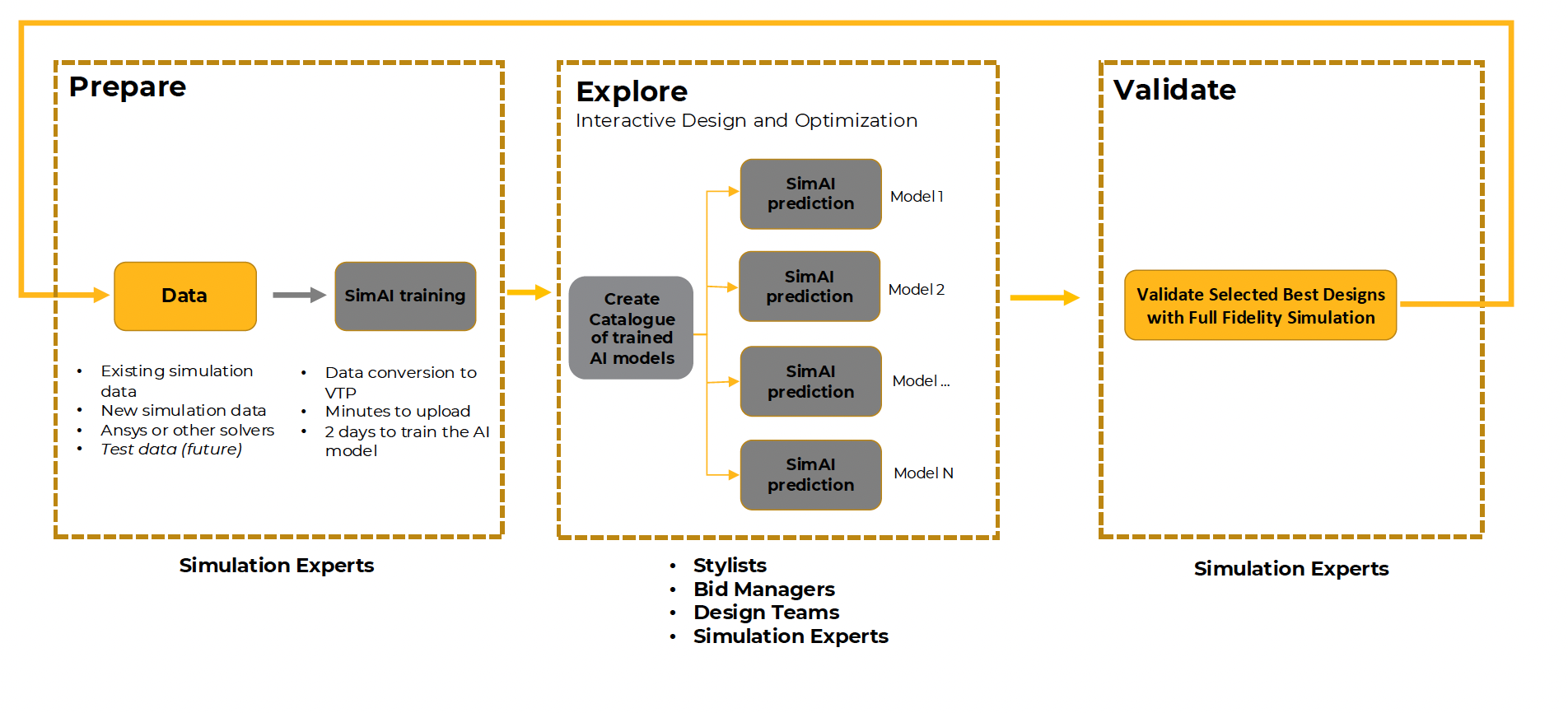
Stochos: On-Prem AI that Redefines Engineering Boundaries
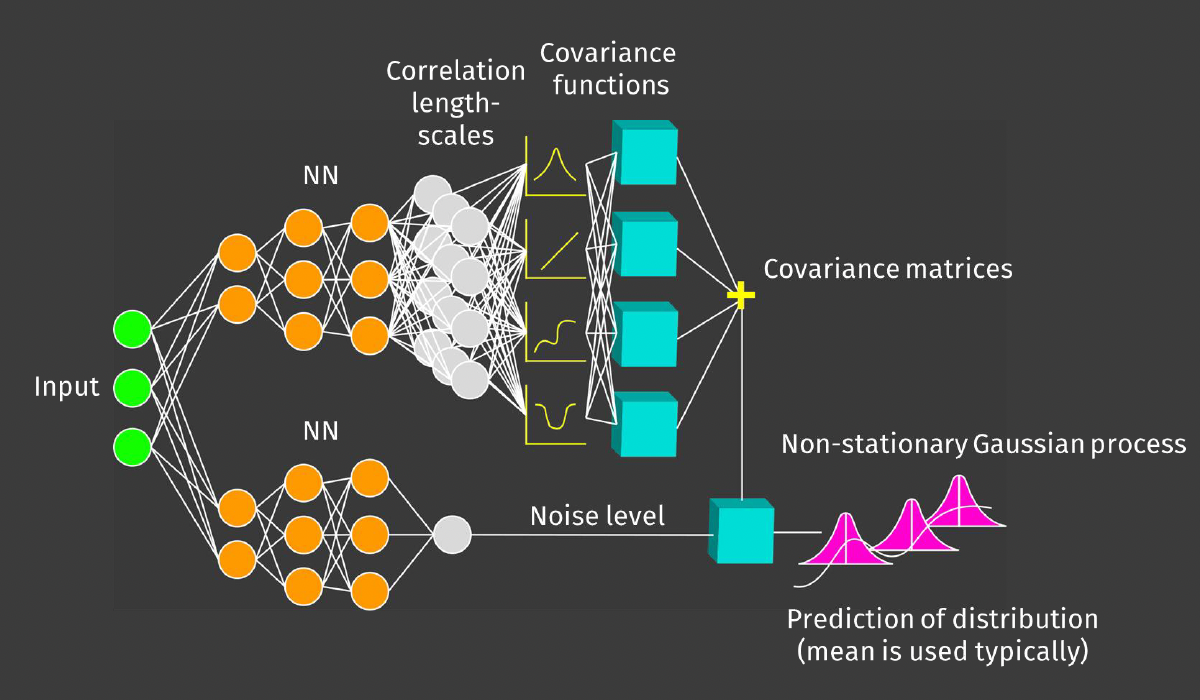
Stochos transforms your engineering data—no matter how diverse—into actionable insights. With minimal hardware demands and powerful generative features, it unlocks rapid concept exploration while keeping your intellectual property safely on-site.
- DIM-GP Algorithm – Handles noise and non-linearities without specialized tuning.
- Generative AI & Bayesian Optimization: Quickly propose new shapes or parameters.
- Ultra-Fast Predictions. Seconds vs. hours of traditional HPC.
- Streamlined Integration – Export as interactive web apps or plug directly into workflows.
- 100% On-Prem: Maintain full control and security over your data.
Ready to Transform Your Engineering Roadmap?
Find the ideal solution—or harness both—for your unique challenges. Whether you need a cloud-powered engine to supercharge simulation workflows (Ansys SimAI) or on-prem control for highly sensitive or varied data (Stochos), our experts will guide you every step of the way.
Fill in the form below
Learn more
Examples
Ansys SimAI in Action
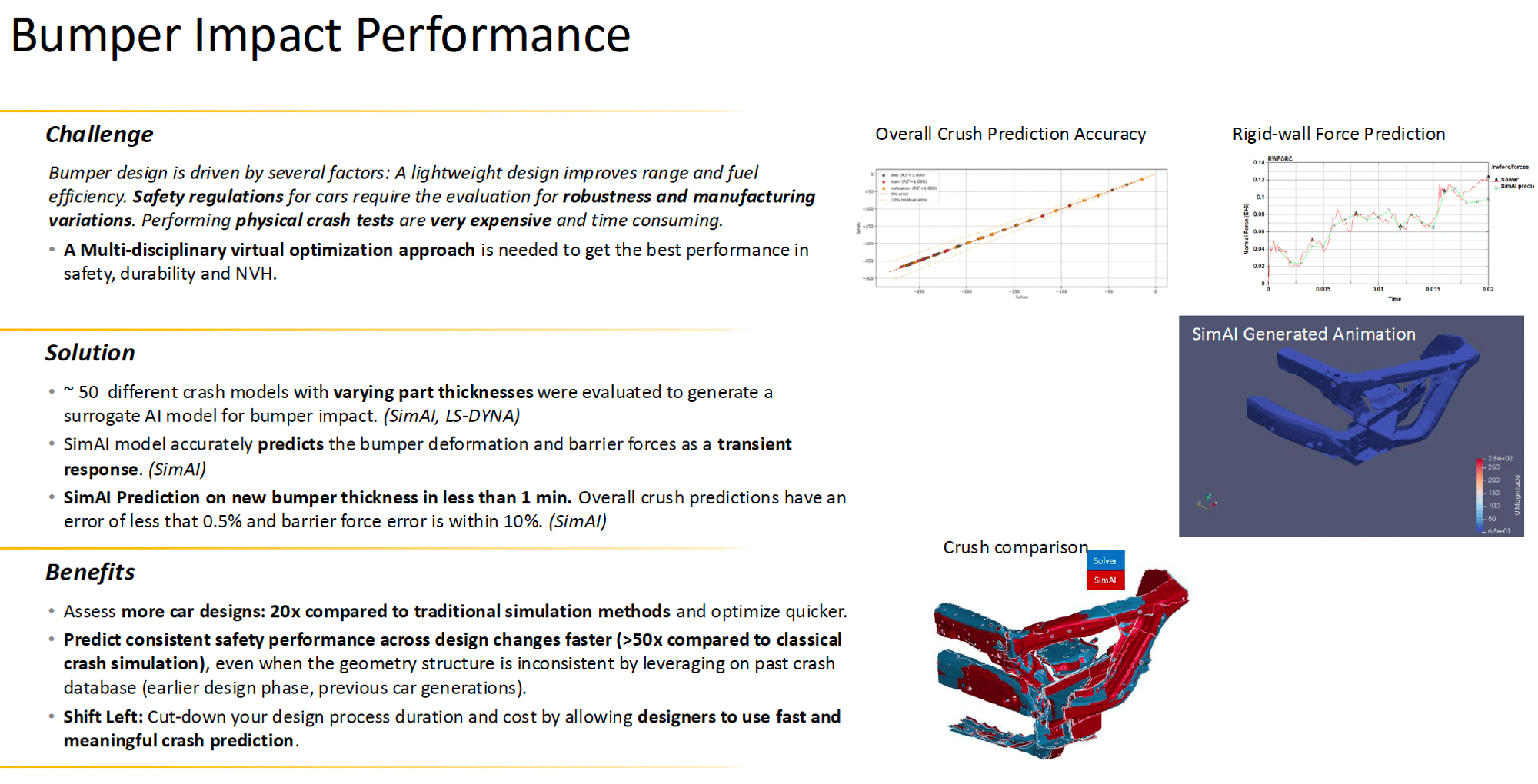
Bumper Impact Performance
-
Traditional Crash Analysis: Dozens of hours for each variation
-
SimAI: ~1 min per variant, <0.5% crush error
-
Outcome: 20× more designs tested, ensuring safety standards faster.
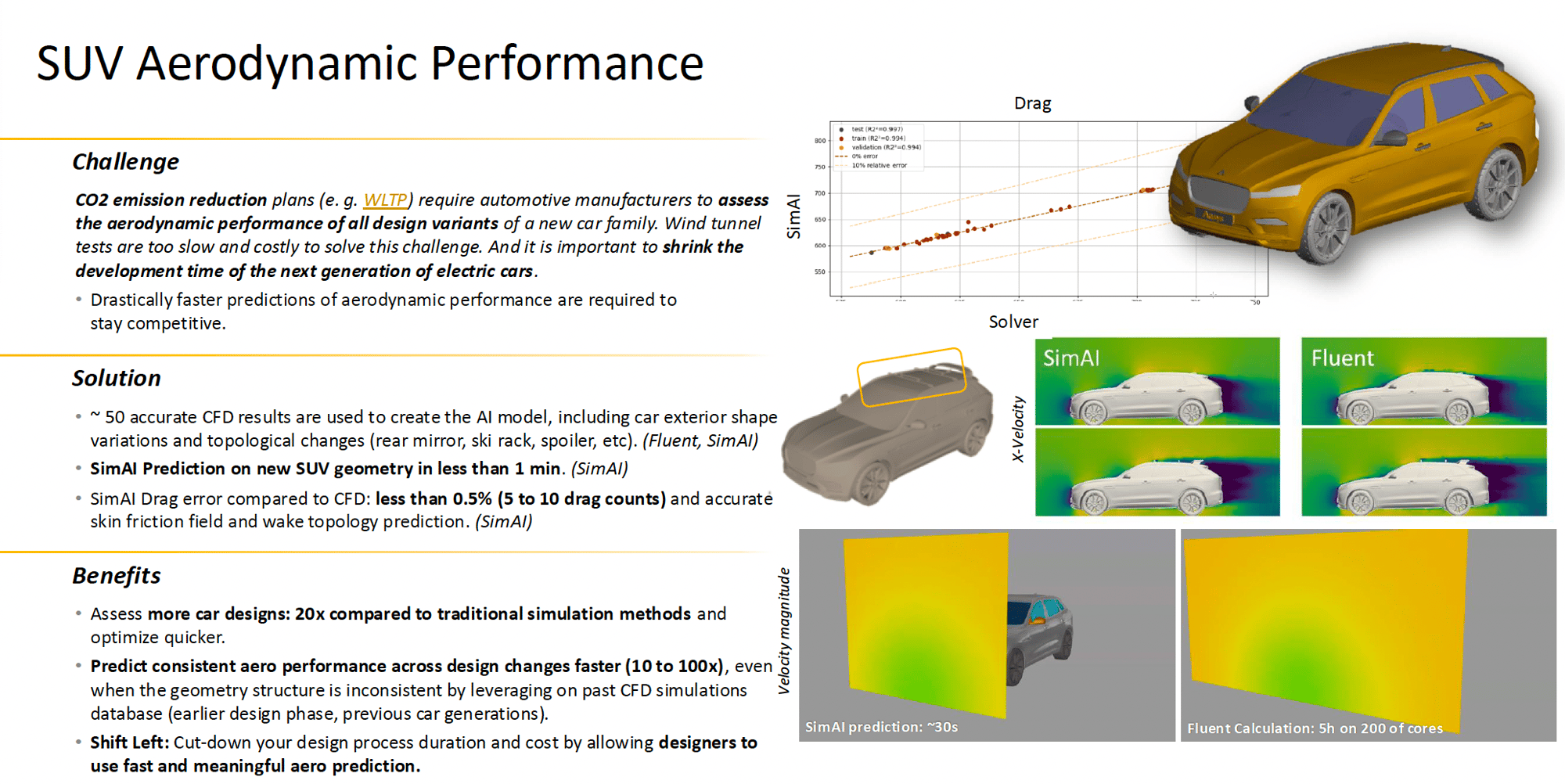
SUV Aerodynamic Performance
-
Classical CFD: 5 hours on 200 cores per design
-
SimAI Prediction: ~30 seconds, <0.5% drag error
-
Outcome: Tested 20× more concepts, cutting HPC usage drastically.
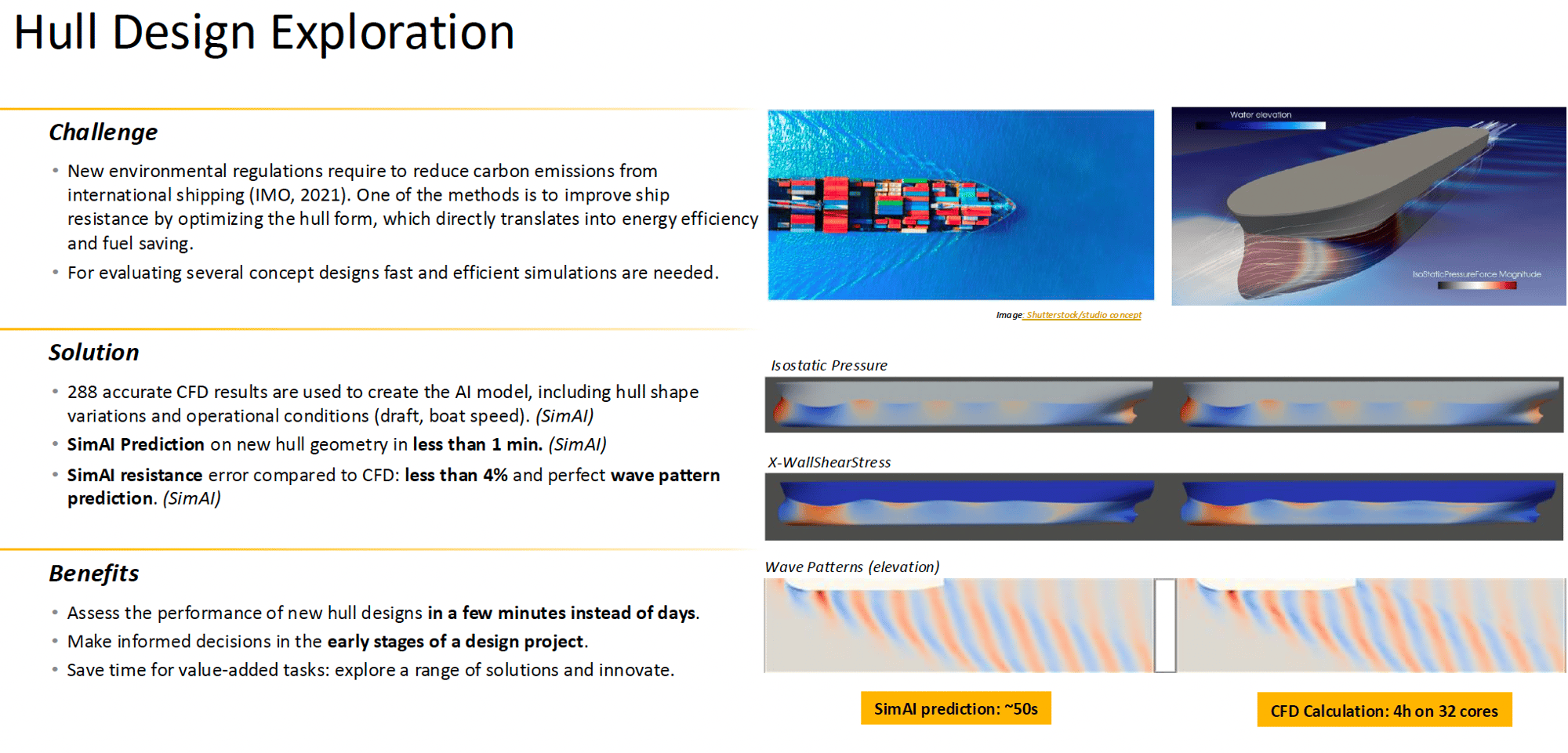
Hull Design Exploration
-
Baseline CFD: ~4 hours on 32 cores per run
-
SimAI: ~1 minute per new geometry, <4% error
-
Outcome: Identified drag-efficient hull shapes early, boosting fuel efficiency.
Examples
Stochos in Action
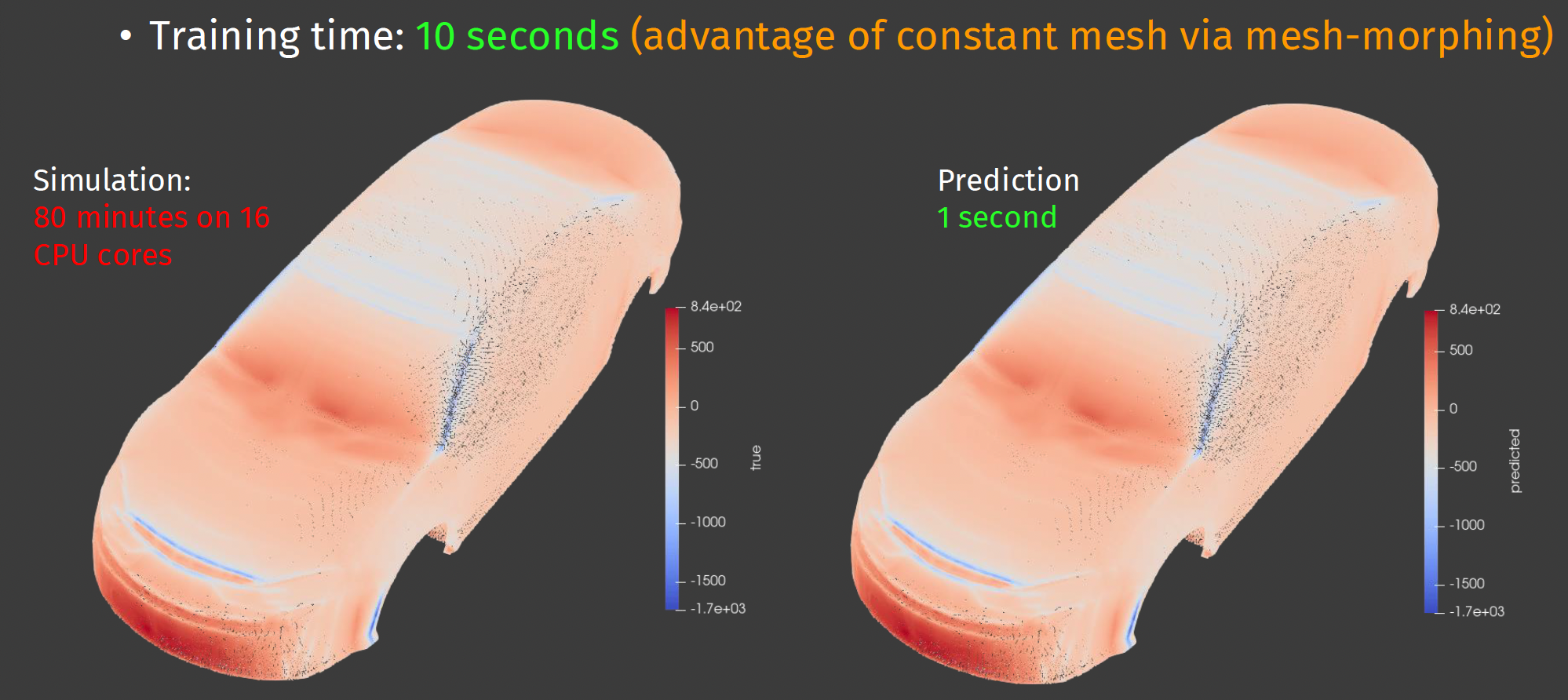
3D CFD Car Body Pressure
-
Without Stochos: ~80 minutes on 16 CPU cores
-
With Stochos: ~1 second, ~1.29% mean relative error
-
Outcome: Rapid geometry iteration to refine aerodynamics.
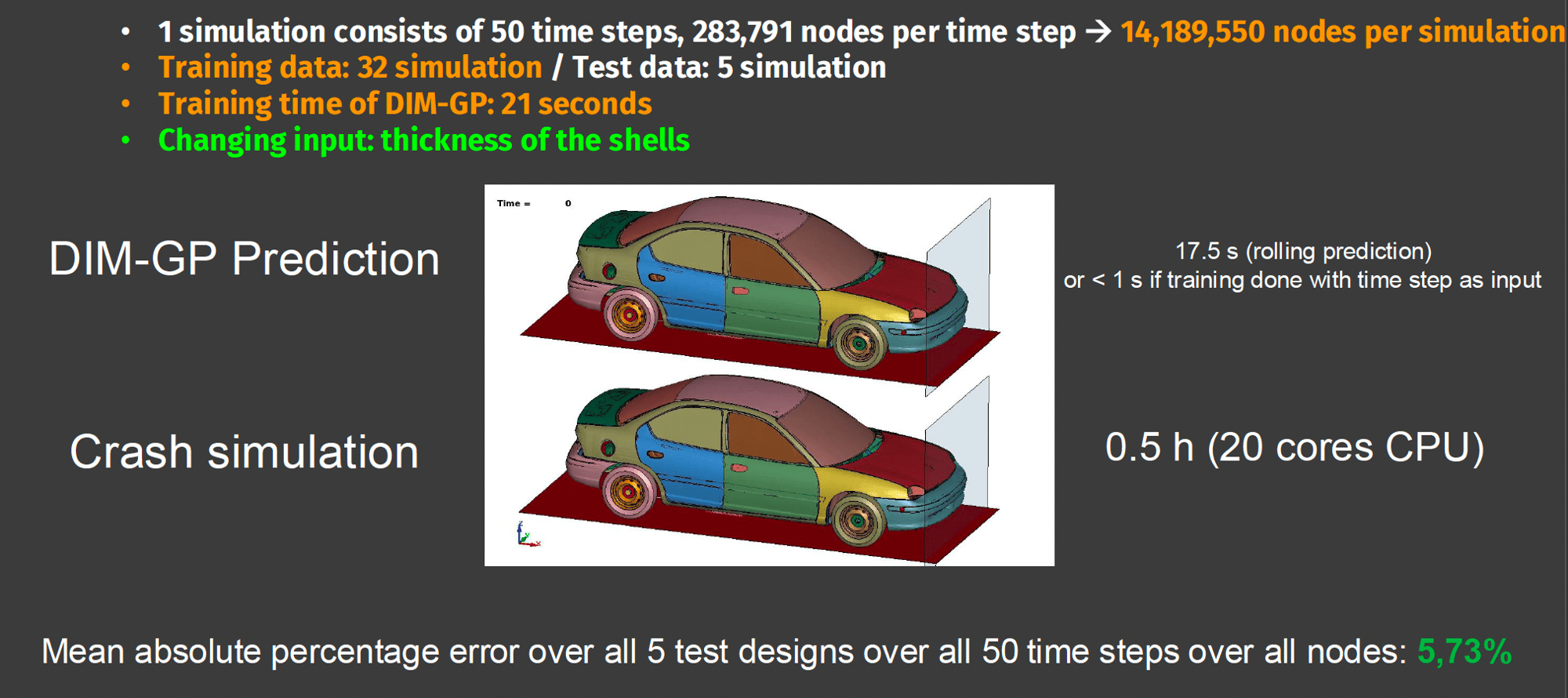
FEM Crash Test
-
Traditional Simulation: Several hours per scenario
-
Stochos Prediction: Seconds, ~5.73% average error across nodes/time steps
-
Outcome: Quick safety optimizations, saving HPC resources for final validations
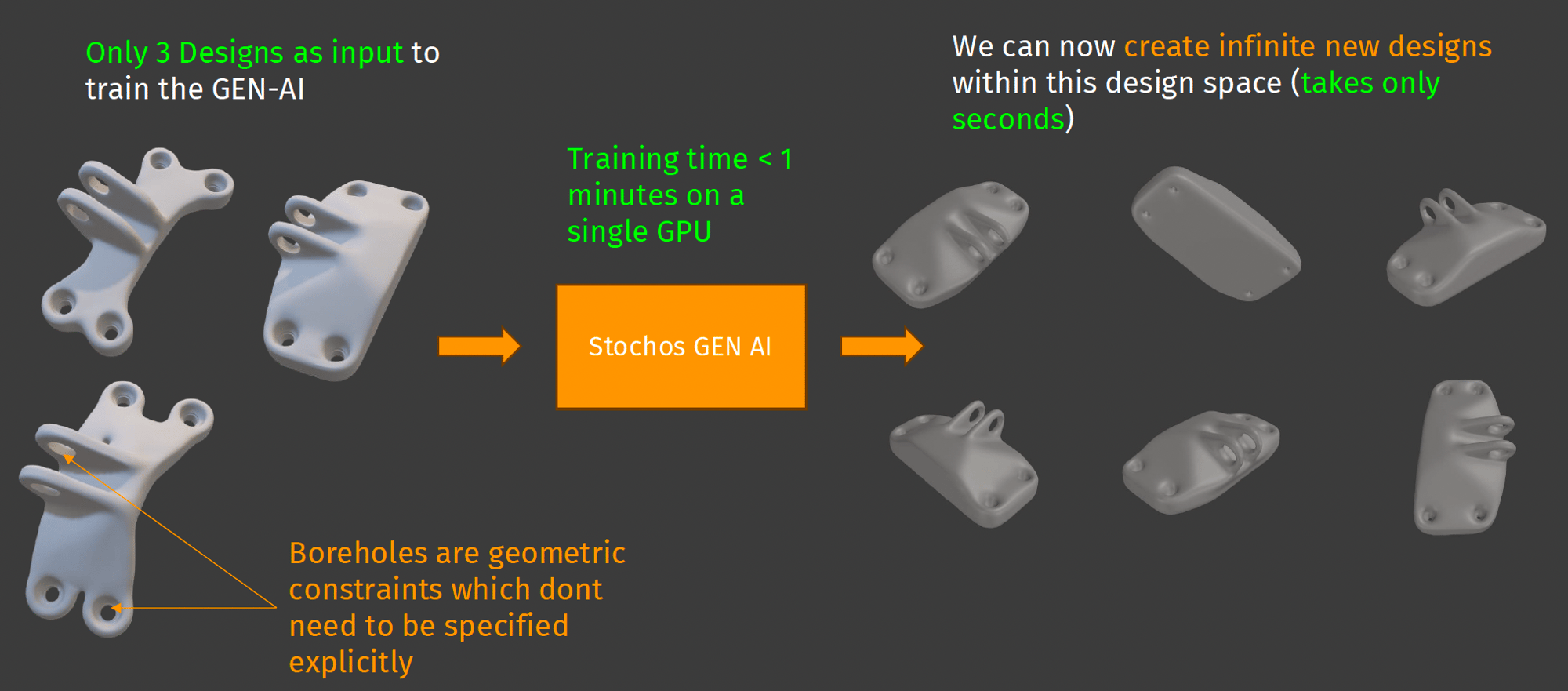
Generative AI for Structures
-
Method: Automatically propose new shapes while balancing weight, displacement, and cost.
-
Outcome: Engineers find Pareto-optimal designs faster than with brute-force simulation.
-4.png?width=200&height=80&name=Ozen%20Long%20-%20Back%20(1)-4.png)